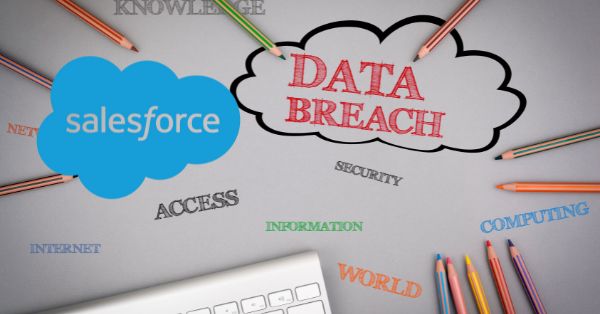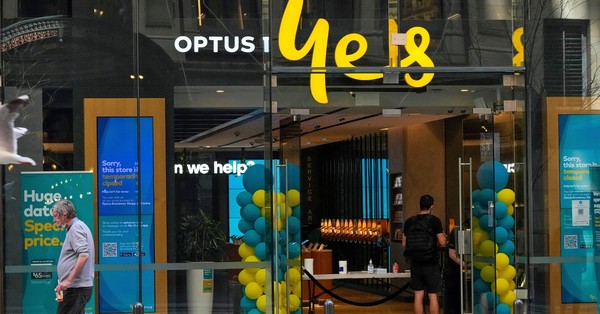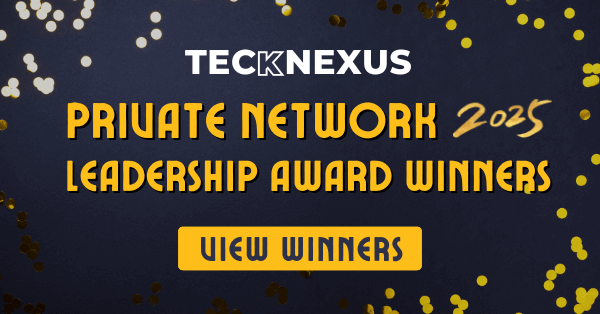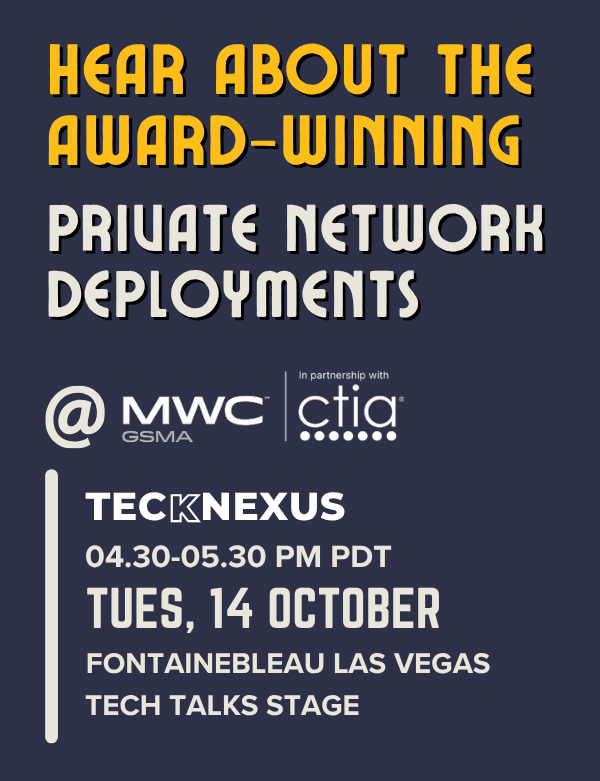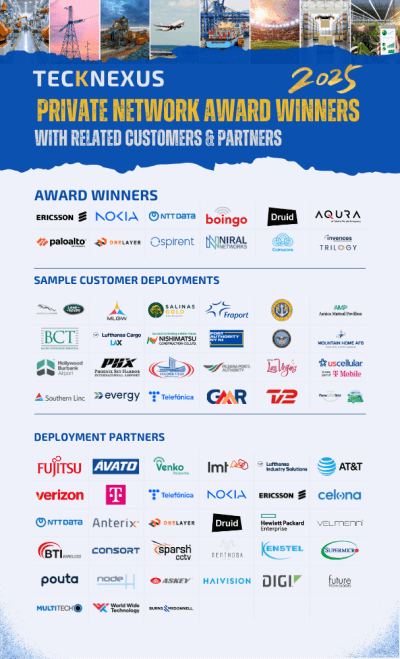AT&T Data Breach Settlement: What Happened and Why It Matters
AT&T has a proposed $177 million class-action settlement covering two major data incidents, and it spotlights growing third-party cloud risk in telecom data supply chains.
Two Data Incidents and Settlement Classes Explained
The settlement consolidates claims from two separate events tied to different data types and timelines.…
Telecom
Essential insights and practical tools for navigating private networks. Get Details.
Available on Amazon & Google Books
Subscribe To Our Newsletter
- Tech News & Insight
- October 8, 2025
- Hema Kadia
Sweden’s largest passenger rail operator SJ is consolidating its communications estate with Telia to accelerate 5G, IoT, and crisis-readiness across trains, stations, depots, and corporate operations. The partnership positions Telia as SJ’s primary provider for nationwide mobile and fixed communications, combining public 5G/LTE coverage with managed services that support day‑to‑day rail operations and passenger experience. For passengers, more consistent Wi‑Fi backhaul and seamless digital services are the immediate wins; for operations, the prize is reliability and faster recovery when incidents occur. European operators are scaling beyond discrete connectivity pilots toward platforms that unify onboard systems, station sensors, and back‑office analytics.
- Tech News & Insight
- October 8, 2025
- Hema Kadia
Vodafone Idea (Vi) used India Mobile Congress 2025 to unveil Vi Protect, a network-integrated, AI-powered security suite aimed at stopping spam calls, fraudulent messages, and fast-moving cyber threats for both consumers and businesses. By moving detection into the network rather than relying on over-the-top apps, Vi is positioning security as a core service-level capability with lower latency, broader coverage, and tighter control. Unlike app-only caller ID and spam filtering, Vi Protect runs at the DNS, SMS, and voice gateway layers, combining AI models, web crawlers, and subscriber feedback loops. The operator says its systems have already intercepted more than 600 million scam and spam attempts.
- Tech News & Insight
- October 5, 2025
- Hema Kadia
Fujitsu is expanding its strategic collaboration with NVIDIA to deliver a full-stack AI infrastructure that pairs domain-specific AI agents with high-performance compute for enterprise and industrial use. The companies will co-develop an AI agent platform and a next-generation computing stack that tightly couples Fujitsu’s FUJITSU-MONAKA CPU series with NVIDIA GPUs using NVIDIA NVLink-Fusion. On the software side, Fujitsu plans to integrate its Kozuchi platform and AI workload orchestrator (built with Fujitsu AI computing broker technology) with the NVIDIA Dynamo platform.
- Tech News & Insight
- October 5, 2025
- Hema Kadia
A sprawling social engineering campaign tied to the Lapsus$/Scattered Spider/ShinyHunters ecosystem is extorting enterprises after allegedly siphoning close to a billion records from Salesforce customer environments. Attackers claim broad theft of personally identifiable information from organizations that use Salesforce, while the vendor states its core platform and code were not breached. Evidence points to identity-led social engineering, followed by misuse of sanctioned tools and APIs to quietly extract large data volumes. For telecom and enterprise IT, CRM data now sits on the front line of extortion economics, raising urgent questions about identity controls, SaaS hardening, and third-party risk.
- Tech News & Insight
- October 5, 2025
- Hema Kadia
OpenAI has acquired Roi, a New York–based personal finance startup founded in 2022 that built an AI companion to aggregate and advise on a user’s full financial footprint across stocks, crypto, DeFi, real estate, and NFTs. The move extends a year of acqui-hires at OpenAI, following Context.ai, Crossing Minds, and Alex. Personalization is becoming the moat for AI consumer products. Models are converging in capability, so durable advantage shifts to data, context, and engagement design. OpenAI’s Roi acqui-hire is less about a finance app and more about owning the personalization layer across consumer AI.
- 5G, AI, Network Slicing
- 3GPP, CAMARA, Crypto, GPU, GSMA, OpenAI, Partnerships, Policy
- Commerce, Financials, Telecom
- Tech News & Insight
- October 5, 2025
- Hema Kadia
The Department of Defense and the National Spectrum Consortium (NSC) are moving five industry-academia teams into field demonstrations to validate dynamic spectrum coexistence between defense systems and commercial networks. The focus is practical: prove that military radar, weapons systems, and electronic sensors can operate alongside commercial 5G/6G-class networks in the same bands without harmful interference. Experiments are slated to begin as early as November, with results feeding a follow-on study on dynamic spectrum operations mandated by the 2023 National Spectrum Strategy.
- Tech News & Insight
- October 5, 2025
- Hema Kadia
Australia is moving quickly to shore up the 000 emergency call service ahead of the bushfire season by hauling telco chiefs to Canberra and fast‑tracking reforms. The Australian Communications and Media Authority (ACMA) has opened a compliance investigation, and Optus has appointed Kerry Schott to lead an independent technical review into the failures. The reforms build on proposals flagged after the nationwide Optus outage in November 2023 and signal a shift from after‑the‑fact reporting to proactive assurance for a service that must be available under extreme conditions.
- Tech News & Insight
- September 30, 2025
- Hema Kadia
The AI value gap is widening—and it’s now a strategy problem, not a tooling problem. Fresh research shows a small cohort of “future-built” companies converting AI into material P&L impact while most firms lag despite sizable spend. BCG’s 2025 assessment of 1,250 senior executives finds only 5% of companies have the capabilities to consistently generate outsized AI value, with 35% scaling and beginning to see benefits, and a full 60% reporting little to no financial impact to date.
- 5G, AI, Assurance, Automation, IoT, Orchestration, Others, RAN, Security
- 3GPP, GSMA, Investment, Linux Foundation, Policy, RAG, Spectrum, TM Forum
- Manufacturing, Telecom
- Tech News & Insight
- September 29, 2025
- Hema Kadia
India’s nationwide launch of BSNL’s “Swadeshi” 4G stack moves the country from a services-first model to domestic production of core telecom equipment at national scale. India formally launched an indigenous 4G stack for state-run BSNL, alongside more than 97,500 towers announced from Jharsuguda, Odisha. Officials highlighted early reach metrics, noting that roughly 92,000 sites are active and connecting an estimated 22 million users. Telecom equipment sovereignty has become a board-level issue as operators de-risk supply chains, comply with trusted source mandates, and balance costs amid rising traffic and spectrum refarming needs.
- Tech News & Insight
- September 29, 2025
- Hema Kadia
South Korea is funding a national AI stack to reduce dependence on foreign models, protect data, and tune AI to its language and industries. The government has committed ₩530 billion (about $390 million) to five companies building large-scale foundation models: LG AI Research, SK Telecom, Naver Cloud, NC AI, and Upstage. Progress will be reviewed every six months, with underperformers cut and resources concentrated on the strongest until two leaders remain. The policy goal is clear: build world-class, Korean-first AI capability that supports national security, economic competitiveness, and data sovereignty. For telecoms and enterprise IT, this is a shift from “consume global models” to “operate domestic AI platforms” integrated with local data, compliance, and services.
Feature Your Brand with the Winners
In Private Network Magazine Editions
Sponsorship placements open until Oct 31, 2025
Explore Magazines
Promote your brand
TeckNexus Newsletters
I acknowledge and agree to receive TeckNexus communications in line with the T&C and privacy policy.
Whitepaper
The whitepaper, "How Is Generative AI Optimizing Operational Efficiency and Assurance," provides an in-depth exploration of how Generative AI is transforming the telecom industry. It highlights how AI-driven solutions enhance customer support, optimize network performance, and drive personalized marketing strategies. Additionally, the whitepaper addresses the challenges of integrating AI into...

Whitepaper
As VoLTE becomes the standard for voice communication, its rapid deployment exposes telecom networks to new security risks, especially in roaming scenarios. SecurityGen’s research uncovers key vulnerabilities like unauthorized access to IMS, SIP protocol threats, and lack of encryption. Learn how to strengthen VoLTE security with proactive measures such as...

Article & Insights
Non-terrestrial networks (NTNs) have evolved from experimental satellite systems to integral components of global connectivity. The transition from geostationary satellites to low Earth orbit constellations has significantly enhanced mobile broadband services. With the adoption of 3GPP standards, NTNs now seamlessly integrate with terrestrial networks, providing expanded coverage and new opportunities,...

Check Private Network Readiness
Industry Vertical Specific Deep-Dive Assessment

Manufacturing
$1500
250 questions based assessment and insights
$1500
Utilities
$750
65+ questions based assessment and insights
$750
Mining
$1000
160 questions based assessment and insights
$1000
Aviation
Coming Soon
75+ questions based assessment and insights
Coming Soon
Ports
Coming Soon
75+ questions based assessment and insights
Coming Soon* Prices does not include tax
Brand Connect
Amplify Your Brand & Boost Your Business
- Thought-Leadership Management
- Magazine Article
- Executive Interviews
- Whitepapers
- Research Reports
- Custom Research
- Blog Series
- Webinars
- Podcasts
- Advertorials
- Display Ads
- Event Partnership









